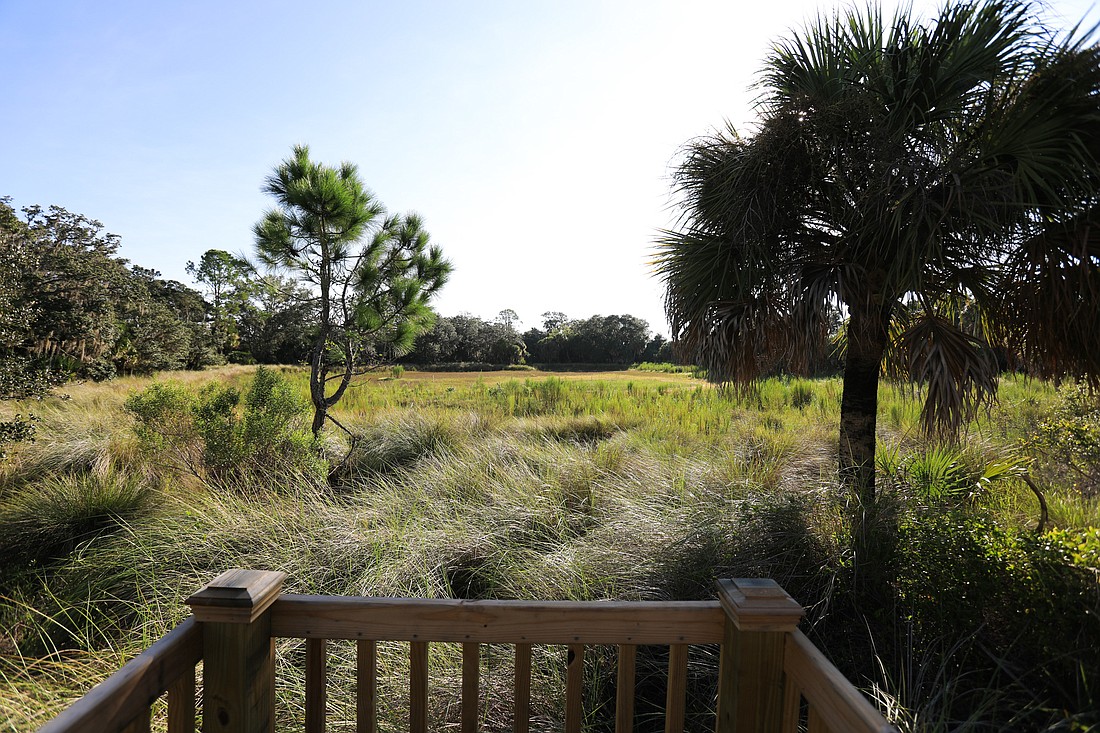- May 5, 2025
-
-
Loading

Loading

There’s a lot to do at Oscar Scherer State Park.
There’s more than 15 miles of hiking trails, 10 miles of cycling space, animals to spot, places to kayak, camp and even snorkel.
But more than anything, there’s quiet.
There are spots of crowded foliage, but Oscar Scherer also benefits from how sparse it is. Towering but lonely trees fill the distance while you’re surrounded by sand and brush.
When there’s no one around and there’s no sound beyond the trudging of your feet, it’s a unique and relaxing feeling you don’t get in the developed area around the park.
It’s a big spot with much to get into, so we’ve highlighted a few things in particular.
(To be clear, though: You want to put sunscreen on every exposed part of your body. There's not enough tree coverage to protect you from the sun’s brutal rays at certain times of the day.)
There’s plenty to walk in Oscar Scherer, and the main trails are split into various segments each with its own color.
The yellow trail is around 5 miles and is primarily a sandy walk, perfect for a secluded trek if you want to clear your head.
The 1.5-mile blue trail has a better chance of spotting the scrub jay (which we’ll get to) as well as a few gopher tortoises.
The green trail also is home to a few scrub jays but hikers have been known to spot an American bald eagle or two nesting along the way.
You can also bring your pet along with you on your walks, but make sure it’s leashed. Also, they can’t go swimming in the lake. But then the dog will smell better if it’s not wet, so it works out for you on the ride home.
It’s all about location, and Oscar Scherer has a uniquely good spot in that much of the Legacy Trail intersects with the area.
The park has more than 10 miles of biking trails that locals can enjoy passing through, and there’s even a relaxing lake area if you need to take a stop and enjoy the moment.
As a reminder, Florida law requires helmets for anyone 16 and under.
Did you know the scrub jay is endemic to the state, meaning it can’t be found elsewhere?
There aren’t many left in the state — estimated at around 7,000 to 9,000 — and several state parks serve as protected grounds for the birds’ numbers to grow.
Oscar Scherer State Park is one such bastion of the species, and the bird can be spotted while out and about on the trails. You can spot them by their blue and grey color scheme and their traditional oak shrub habitats
The Friends of Oscar Scherer State Park nonprofit helps with that, working hard to preserve the population for future generations. Interested locals are able to sponsor local birds (some of whom have needy families) and help take care of the local habitat.
To be clear though, don’t feed them by hand. It’s illegal.